Brose India Automotive Systems, a mechatronic components and systems maker, achieves lightweighting across the components it manufactures mainly by using alternate materials. The core competency of the company is the synthesis of mechanical, electrical and electronic systems. The company focuses on 3 areas: Technology for door systems or modules, adjustment systems for front and rear seats, and electric motors and drives.
The company that started its operations in India (Pune) with its engineering centre in 2008, shifted to a bigger manufacturing facility in April 2014, adding new production capacity and R&D capabilities for testing, validation and prototyping. When Brose started manufacturing activity in India, it had higher localisation for its window regulators for passenger cars. In 2012-13, it added seat height adjusters and worked towards aligning its products with its customer requirements.
The passenger car door construction typically uses sheet metal components inside and that is the metal part of the body in white (BIW). The company replaces metal part with the plastic part and other components are attached to that. Apart from the alternate material the company uses organo sheets, a glass fibre mat. Only specific areas that need plastics are moulded with that. With this the company achieves 2kg of weight reduction per vehicle.
The President of Brose India, Ashwani Aggarwal told Auto Components India that, “If we look at the emission norms in Europe, every company is forced to foresee the needs and accordingly devise future-centric plans. Lightweight is one of the enablers to achieve the emission norms and India has decided to take a big leap. There should be business case analysis in every alternate material we choose. The balance between weight reduction and cost should be arrived at. We cannot replace metal with plastic everywhere and sometimes high tensile strength steel could contribute to weight reduction without cost penalty. For instance, in the guide rails for window regulator, we initially used steel and replaced it with aluminium and then again aluminium is replaced with plastics. But now they integrate the guide rail in the carrier plate itself and by means of this significant weight achievement is made. This is one of the evolutions happened and time and again the process trials will happen as lightweight has to be the purview in every innovation to be on par with the emission standards.”
Product expansion
Brose claims that it spends 6% of its turnover in product, process developments and expansions. Whenever some concept gets introduced in the market, the initial entry would be very low. Hence the cost will be high but eventually when it spreads and if there is mass acceptance the equilibrium in terms of cost will be achieved, Aggarwal said.
In the seating division, the company focuses on providing seat height and length adjuster, headrest and complete metal structure. The company provides power and manual seat structures for the first, second and third row of seats. The company claims that it is identified across the globe as a seat frame maker. Cushion and other seating modules are manufactured by other players in the market and the company does not have any plans to get into the other subsystems of seating.
“We want to be proficient in the area we serve and when OEMs approach us and ask for competency progress we bring in solutions for them. Steel with high tensile strength is used and we have achieved weight reduction in seat recliners, adjusters, slide-doors to name a few. As seating is an integral part of the vehicle and contributes to the safety of the occupants and the drivers, there should not be any compromise. Wherever there is no load we try to use alternate plastic material where safety will not take a hit,” he said.
New features
Brose introduced new features in the seating and demonstrated a seat with massage function. There are actuators at the back of the seat which take the lead and subjected to background music, synchronisation happens and the massage will be functional. But the cost cannot be a point to discuss with these features. OEMs contemplate on the seating interiors in autonomous driving. The company also said that it could fit automatic adjusters if the vehicle is 100% electrified in all the rows. Space adjustments are also possible depending on the number of occupants.
To highlight, Brose recently manufactured the 5 millionth lightweight front seat structure since the start of production in 2012 for a joint project between Daimler and BMW globally. The premium car manufacturers use these seats in various models such as the Mercedes-Benz C-Class and E-Class or the BMW 7 Series and 5 Series. The seat is manufactured worldwide on four continents and in eight plants.
The intelligent material-mix makes this Brose seat system the lightest in the industry. For example, the cross tubes and side panels are made of high-strength steels while most of the metal components are replaced by plastic in the power seat adjuster. The complete structure weighs less than 15 kg, making it around 20 percent lighter than rival series products. Brose engineers created 30 inventions during the development process; patents have been registered for about two thirds of these.
Electronic system
The company’s drives and electronic system division equally serves the lightweight purpose. It is one of the very few companies in the world to develop anti-trap feature in windows regulator. The company claims that it has a motor integrated electronics and with this it is possible to have everything integrated in one package.
The company’s Vice President Vasanth Kamath said, “Whenever there is a new product introduced in the market, we take a holistic approach from the designing stage. Also we think of the functional needs of the product and very importantly the target of weight reduction that should be achieved with this new make. Even with windows regulator we work to optimise the material thickness at1.2mm thick steel. We look forward to reduce the thickness to 1mm. Also we use brushless motors for windows regulator which contributes to light weighting and in turn improves efficiency.”
R&D team
Brose has its R&D functioning from 2008. There are 100 engineers who support in mechanical design, simulation and electronic software. “We also added a testing facility in 2013 to ensure our products are tested and proved. Over 95% of the company’s engineers work for overseas markets in the R&D centre in addition to working for domestic market. As of now we have achieved localisation in 3 products that we make. Eventually our goal is to bring localisation in the entire range of products,” Kamath said.
In the next 5 year the company has set a target to multiply its current turnover by 4 to 5 times. Therefore it is looking to bring more products from its global stable, which will help increase the customer base. It is analysing the future requirements for the Indian market and focusing on safety products, comfort and lightweighting technologies.
Brose India currently supplies its products to OEMs like Ford India, General Motors, Volkswagen, Honda, Nissan and Tata Motors. It also supplies components like seat height adjusters to Tier-1 supplies like Lear Corporation which in turn supplies seating systems to a host of passenger car makers. ACI



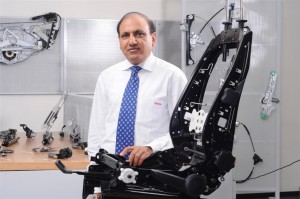
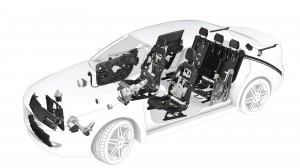
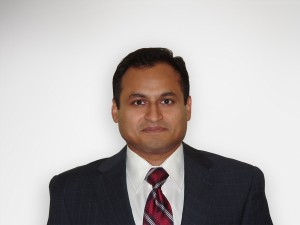

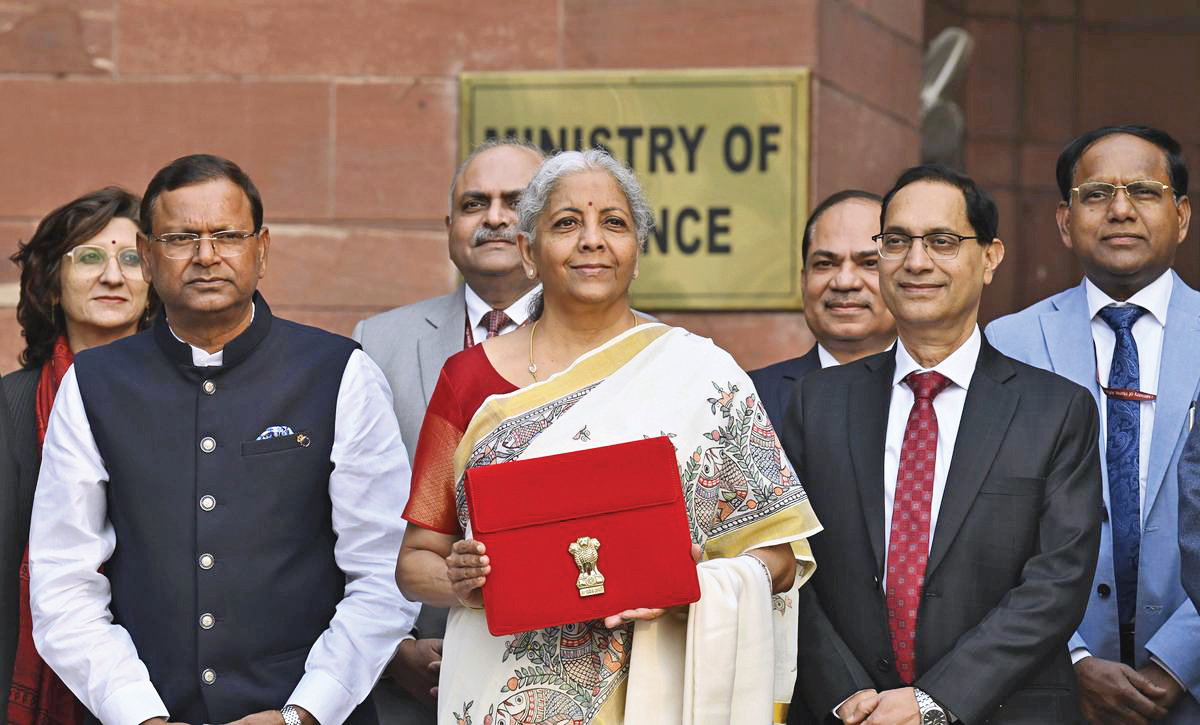
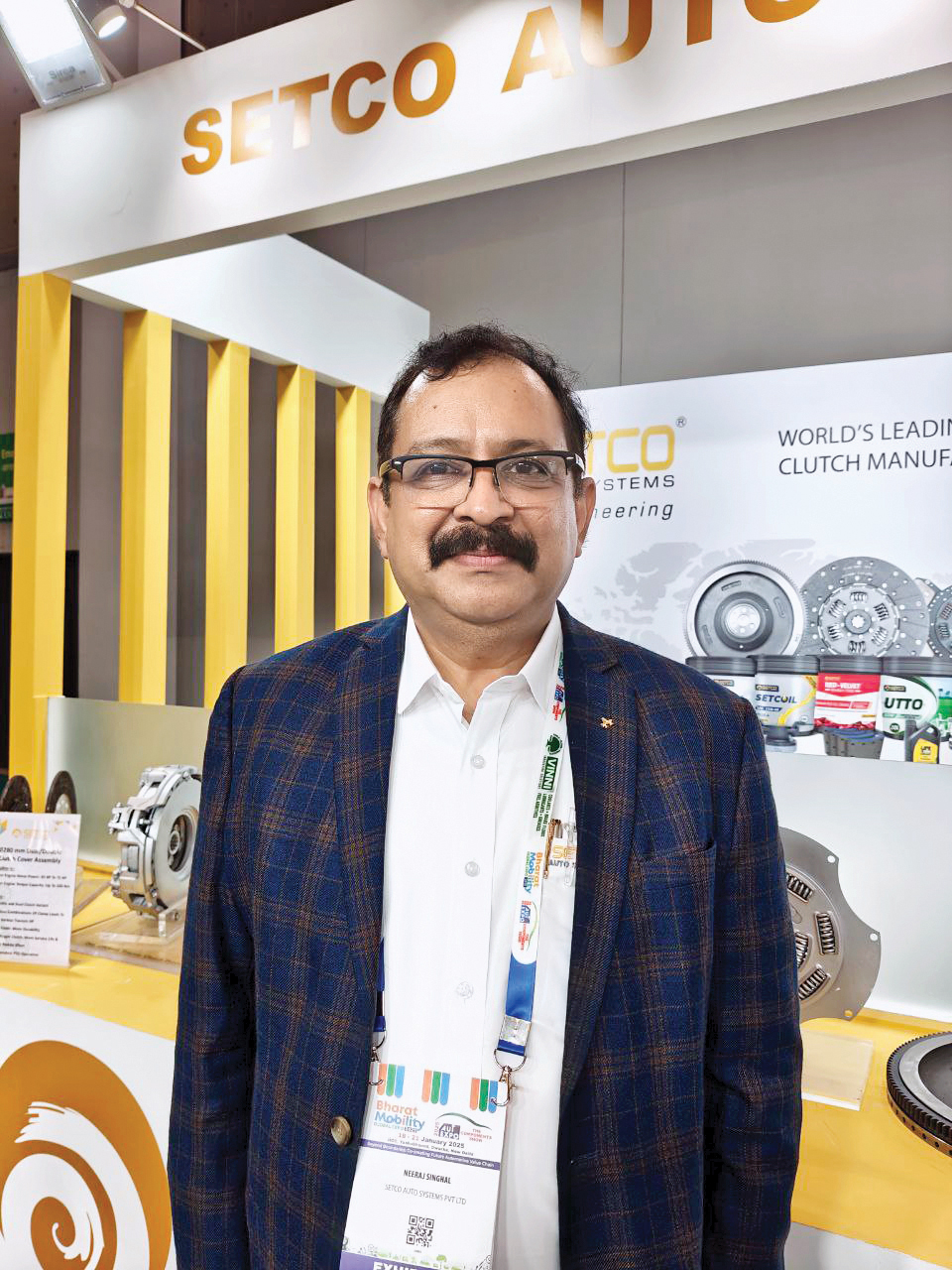
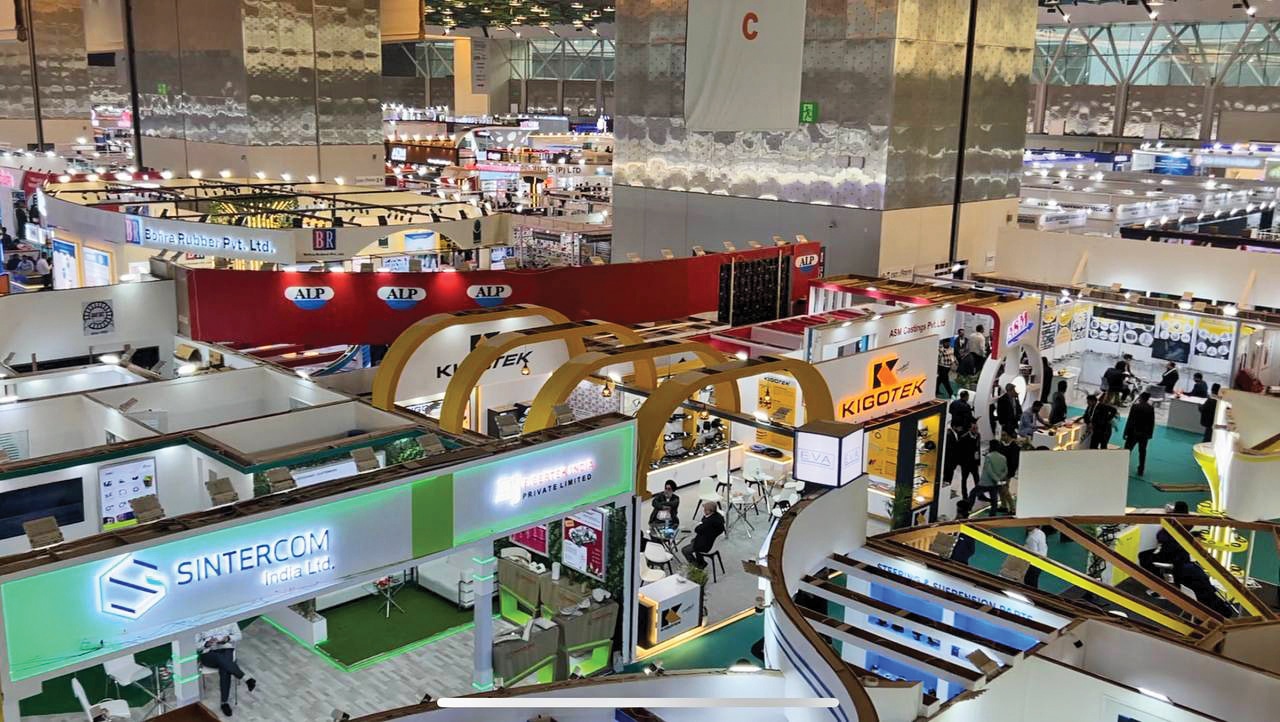

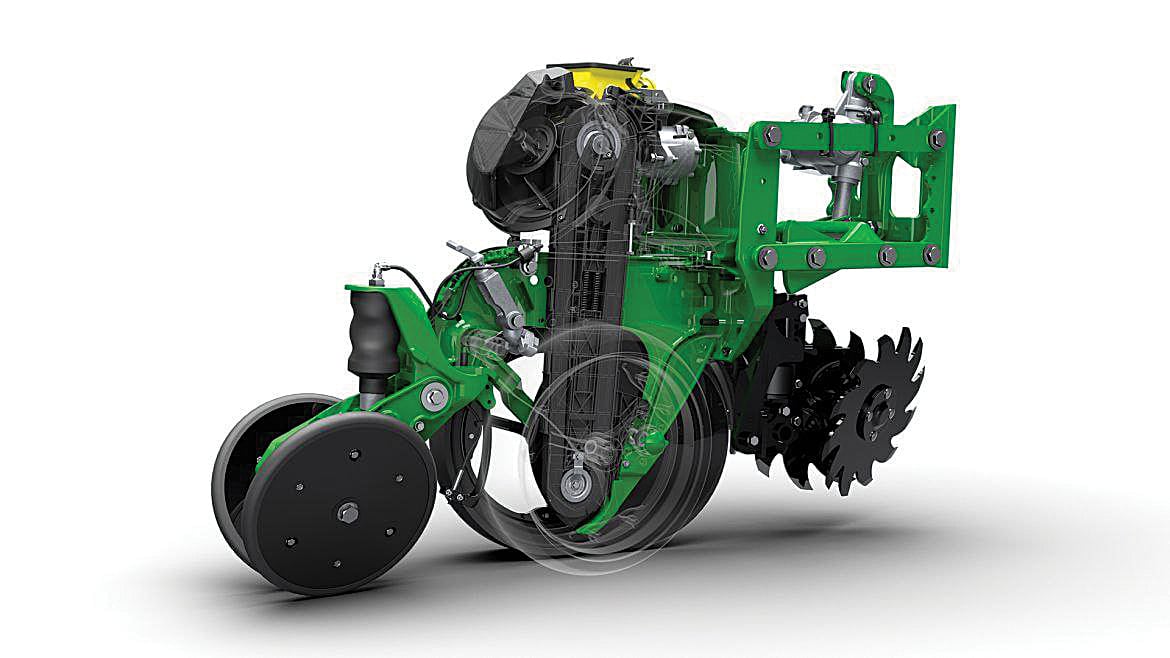

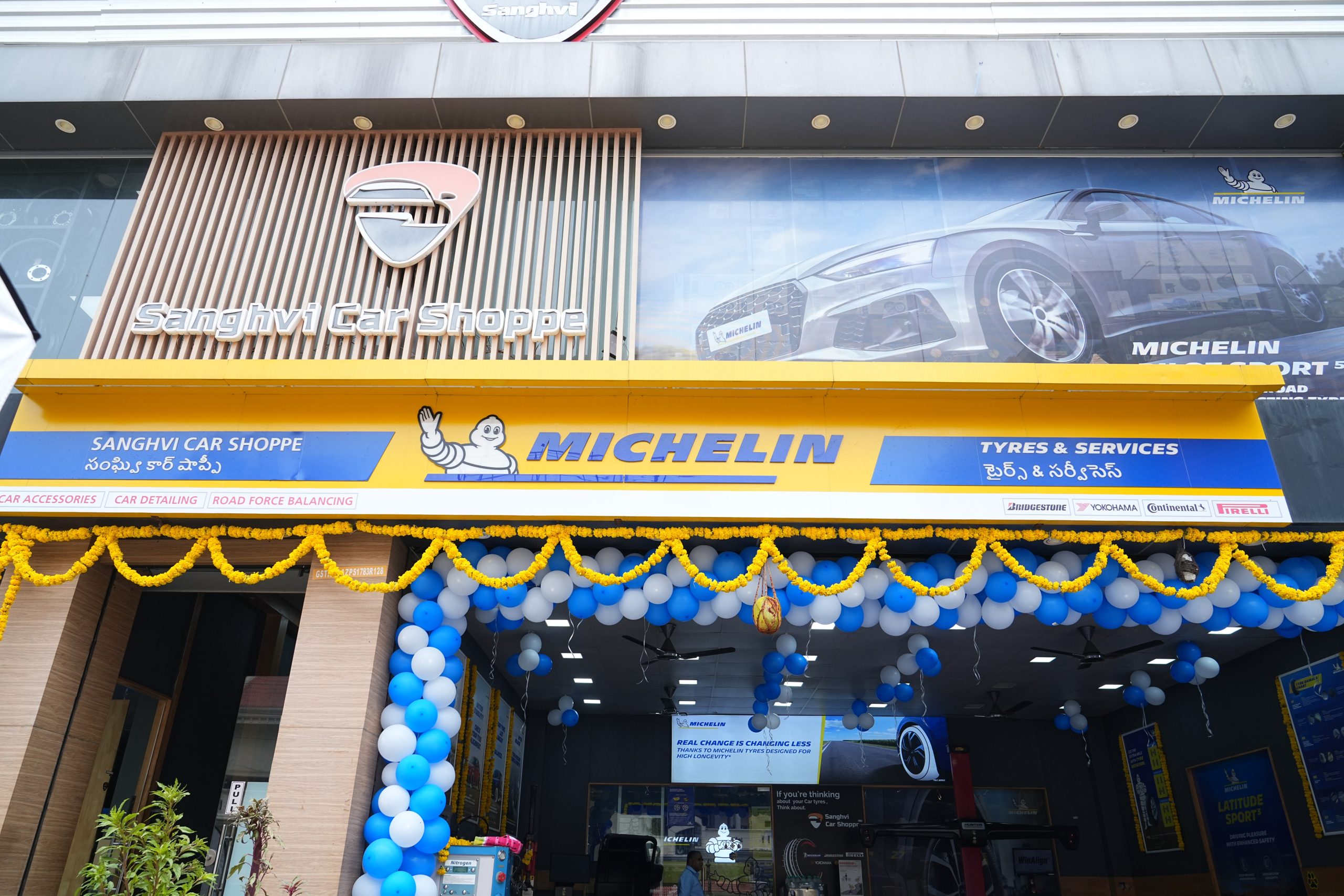
Leave a Reply